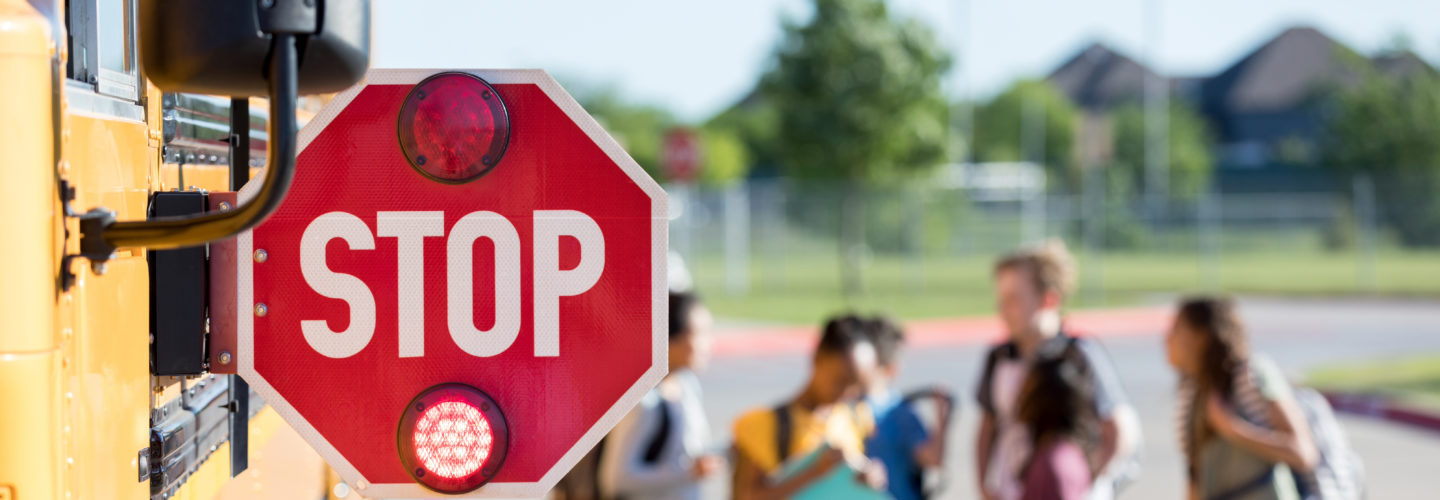Recognizing Abuse

Home / About Us / About Child Sexual Abuse / Recognizing Abuse
Recognizing Abuse
Recognizing abuse is the first step toward prevention and early intervention. And that requires the ability to recognize warning signs and symptoms that children show when they’re experiencing abuse and neglect. This is even more important when you consider that most instances of maltreatment are never observed or disclosed by victims. The longer child abuse takes place undetected, the greater the risk of negative long-term consequences. So it’s vital that adults responsible for children’s safety are able to detect abuse and intervene appropriately.
In cases of child sexual abuse, some behavioral signs can occur in both victims and perpetrators of abuse before the act of abuse takes place—making prevention possible. Obvious physical signs of child abuse are usually easily visible and may range subtle to severe. Physical symptoms may also be accompanied by behavioral indicators. Of course, we all know that children and youth are prone to many injuries on knees, shins, elbows, and chins that come from normal play and activity. But when behaviors, injuries, or both fall outside of normal ranges, we should be concerned.
Here are typical physical and behavioral symptoms of child abuse and neglect to look for:
Signs of Physical Abuse
While injuries can occur accidentally during play, physical abuse should be suspected if the explanations do not fit the injury, or if a pattern of frequency is apparent (for example, handprints or multiple marks of a belt or cord). The presence of many injuries in various stages of healing makes it obvious that the injuries did not all occur from one accident. Physical indicators of abuse include bruises, lacerations, swollen areas, and marks on the child’s face, head, back, chest, genital area, buttocks, or thighs. Wounds like human bite marks, cigarette burns, broken bones, puncture marks, or missing hair may indicate abuse.
A child’s behavior might also signal that something is wrong. Victims of physical abuse may display withdrawn or aggressive behavior, complain of soreness or uncomfortable movement, wear clothing that is inappropriate for the weather, express discomfort with physical contact, or become chronic runaways.
Signs of Neglect
Victims of persistent neglect are unhappy, have poor emotional and social support, and appear to be lonely and isolated. Their disturbed behavior reflects inner turmoil, distress, and confusion. Their development is delayed and problematic, and their attachments to their parents or caregivers are insecure. Parental relationships with these children are often hostile, neglectful, rejecting, dismissive, or paralyzing of development of individuality and independence. Victims suffer from low self-esteem, believing that they are not worthy of being loved, wanted or able to achieve. They seem to be in a never-ending state of stress, anxiety, and uncertainty. Their relationships with other children lack assertiveness and personal appeal, and their educational achievements are poor.
Signs of emotional abuse
Although the visible signs of emotional abuse in children can be difficult to detect, the hidden scars of this type of abuse manifest in numerous behavioral ways, including insecurity, poor self-esteem, destructive behavior, angry acts (such as fire setting and animal cruelty), withdrawal, poor development of basic skills, alcohol or drug abuse, suicide attempts, difficulty forming relationships and unstable job histories. Emotionally abused children often grow up thinking that they are deficient in some way. A continuing tragedy of emotional abuse is that these children may continue the cycle with their children when they become parents.
Signs of sexual abuse
When it comes to child sexual abuse, physical indicators include pain or irritation to the genital area, difficulty walking or sitting, vaginal or penile discharge, and difficulty with urination. Some children contract sexually transmitted diseases through abuse. In addition, children who are sexually abused may exhibit behavioral changes based on their age.
Age-Related Symptoms of Child Sexual Abuse
Birth to Age 3
- may exhibit fear or excessive crying
- vomiting
- feeding problems
- bowel problems
- sleep disturbances
- failure to thrive
Ages 2 to 9
- fear of particular people, places or activities
- regression to earlier behaviors such as bedwetting or stranger anxiety
- victimization of others
- excessive masturbation
- feelings of shame or guilt
- nightmares or sleep disturbances
- withdrawal from family or friends
- fear of the attack recurring
- eating disturbances
- sexual provocativeness
- knowledge of sexual activity beyond their years.
Age 8 and Above
- depression
- nightmares or sleep disturbances
- poor school performance
- promiscuity
- substance abuse
- aggression
- running away from home
- fear of an attack recurring
- eating disturbances
- early pregnancy or marriage
- suicidal gestures
- anger about being forced into situations beyond their control
- pseudo-mature behaviors
Sign Up to Access Your Learning Center
Customized child sexual abuse prevention guidelines to meet the unique needs of any organization that serves children.
- Evidence-informed guidance
- Actionable prevention steps
- Keeps track of your progress
- Tailored learning tracks


